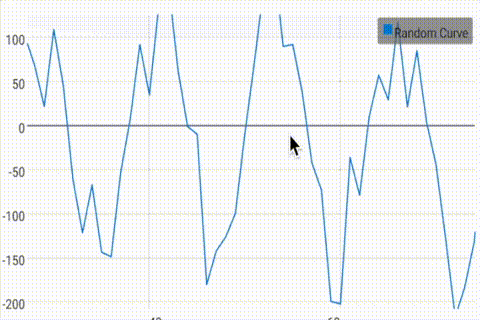


Outer edges will be thickest where they are in contact with another surface. One way of showing design perspective in a drawing is to keep any inner lines thinnest in line weight.When you define the cube with a thicker line weight, your eyes will be drawn to the thicker, cleaner lines.

Adding a horizontal line behind the cube establishes a sense of space with a ground level. If you draw a cube, it might look fine in terms of perspective but still appear flat on the page and floats.( We discussed perspective drawing in the last tutorial here.) You can also apply line weight to perspective drawing to add dimension to your shapes.Use different line weights to direct the viewer's attention in your sketch.The same principle applies to graphic layouts where the bold title stands out, and lighter lines represent texture or deeper information.Thicker lines are the ones that stand out most and appear to be closest to you. Then they add thicker lines to give a sense of depth to the drawing.

They will block out an initial composition with thin lines so it’s easy to make changes and figure things out without too much commitment.


 0 kommentar(er)
0 kommentar(er)
